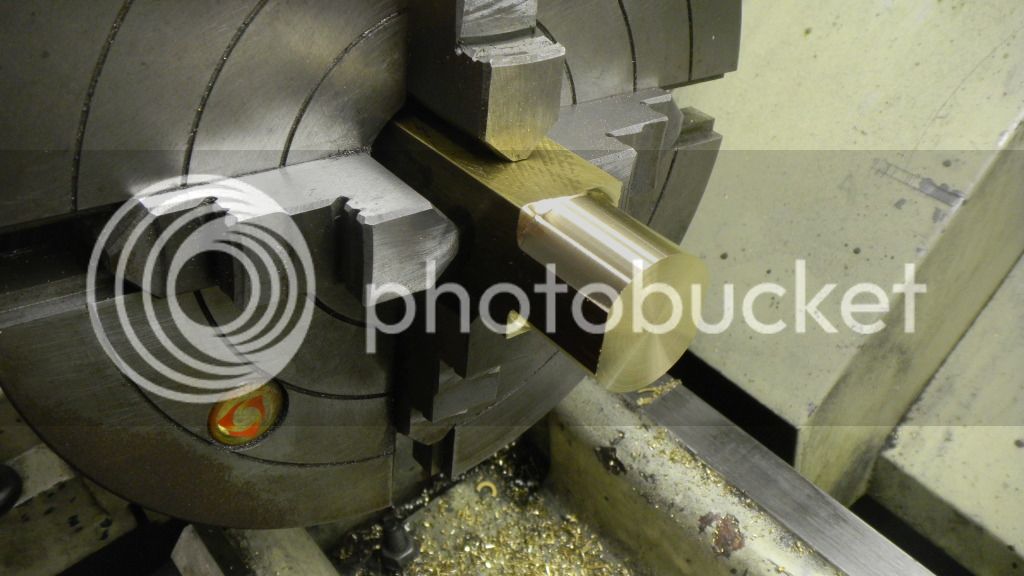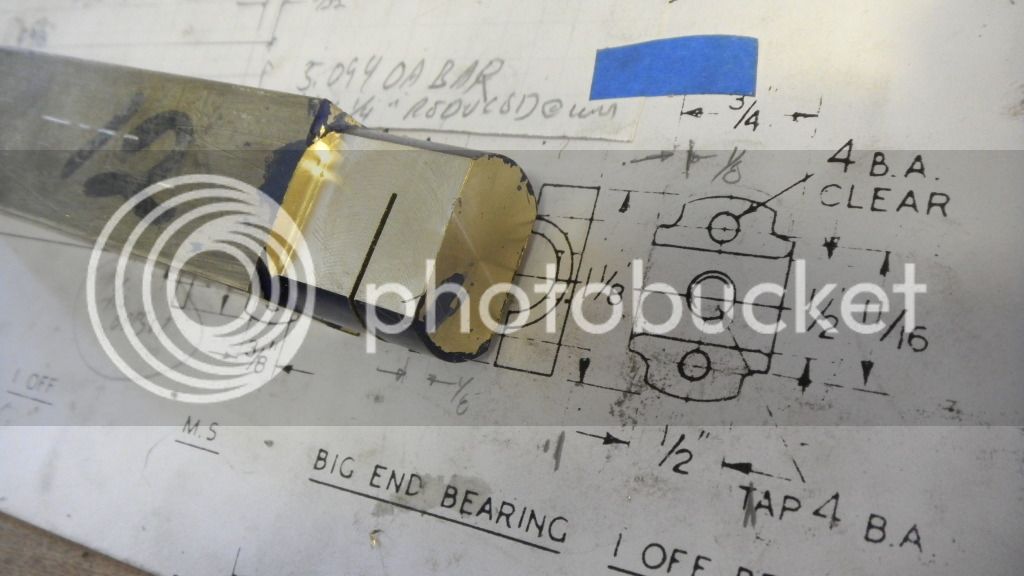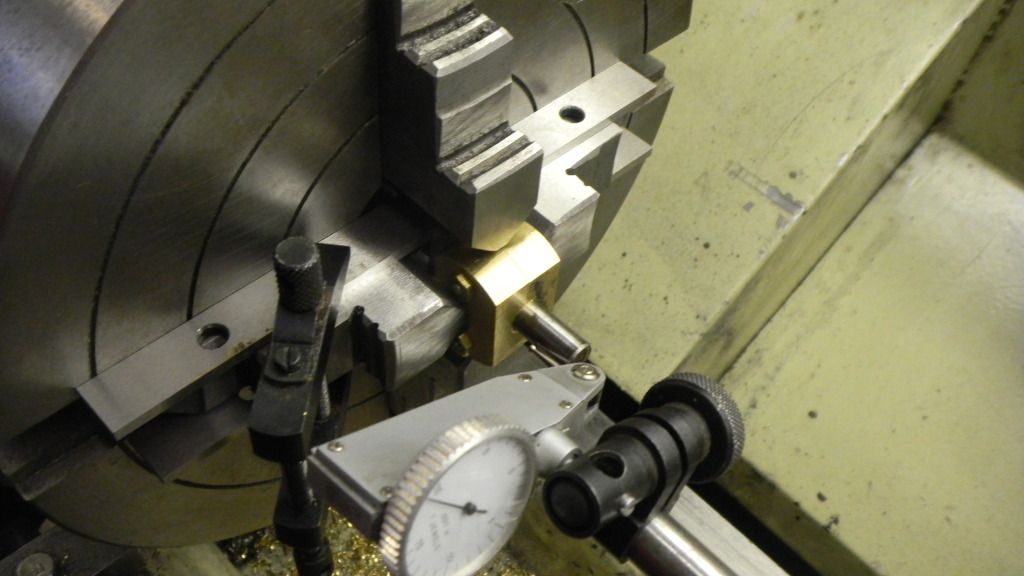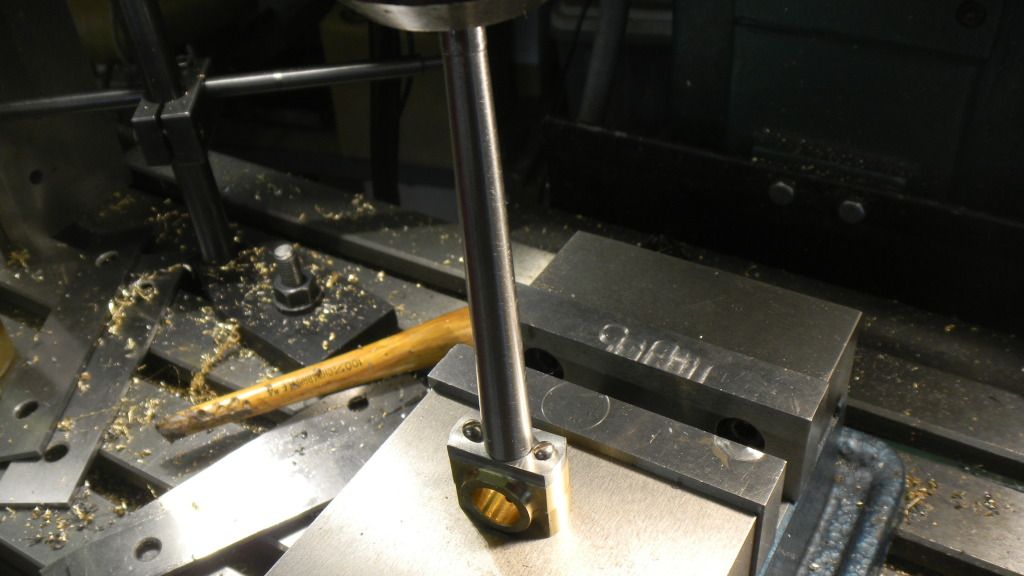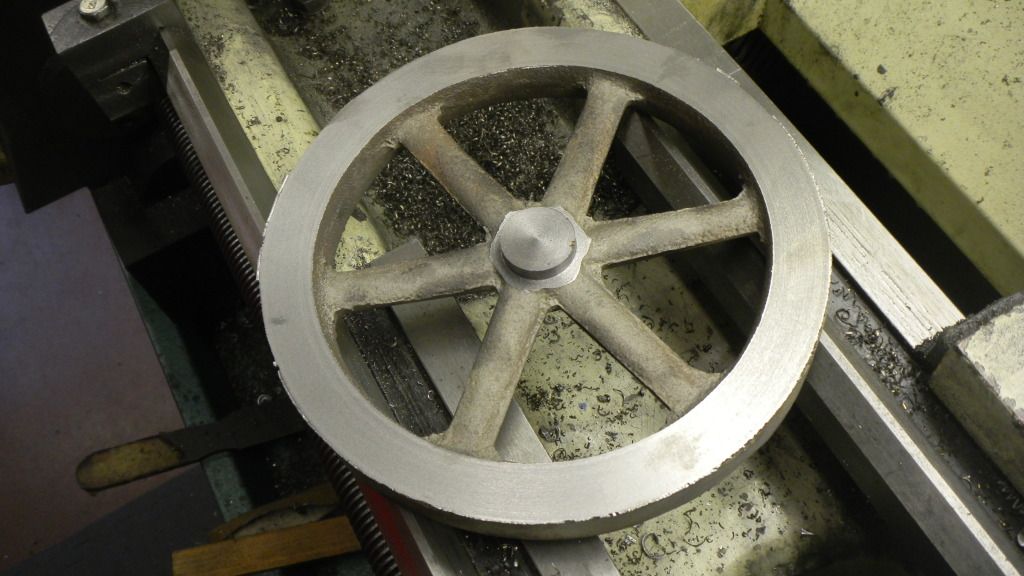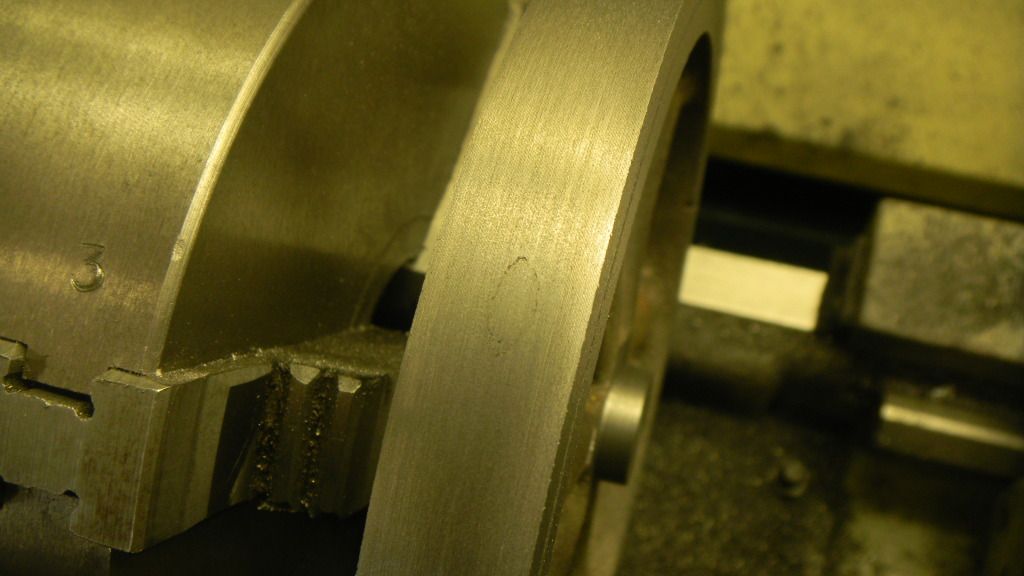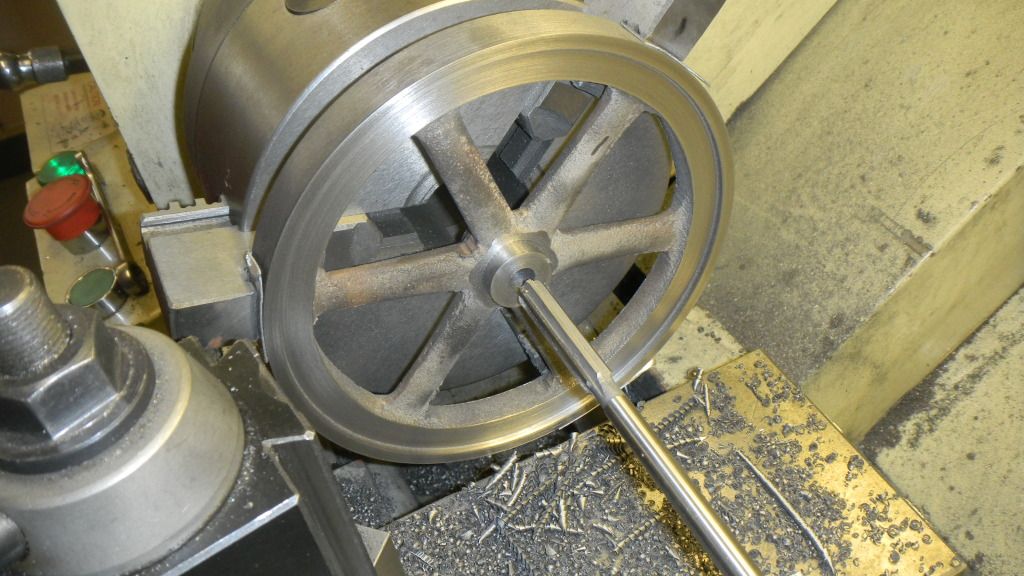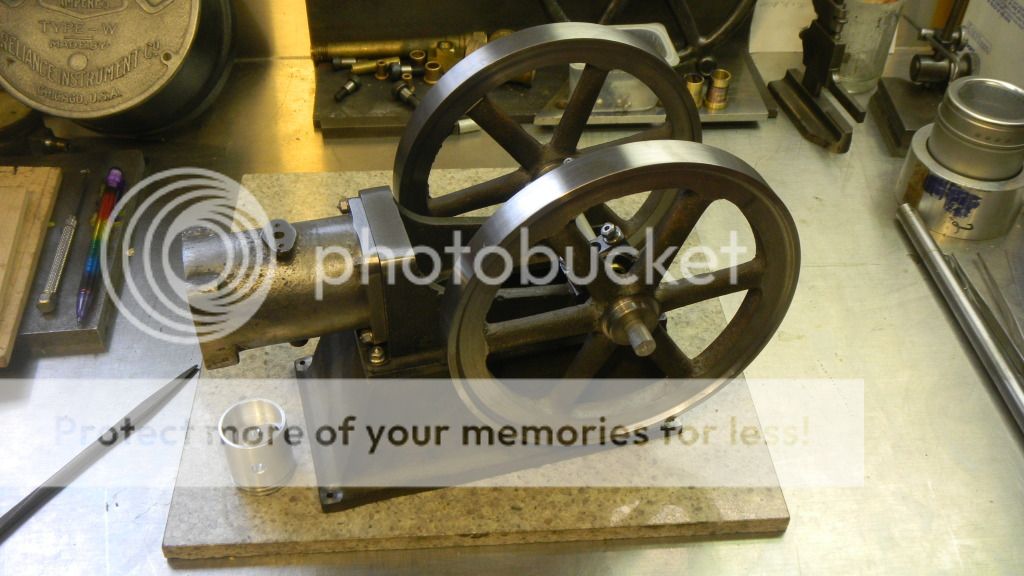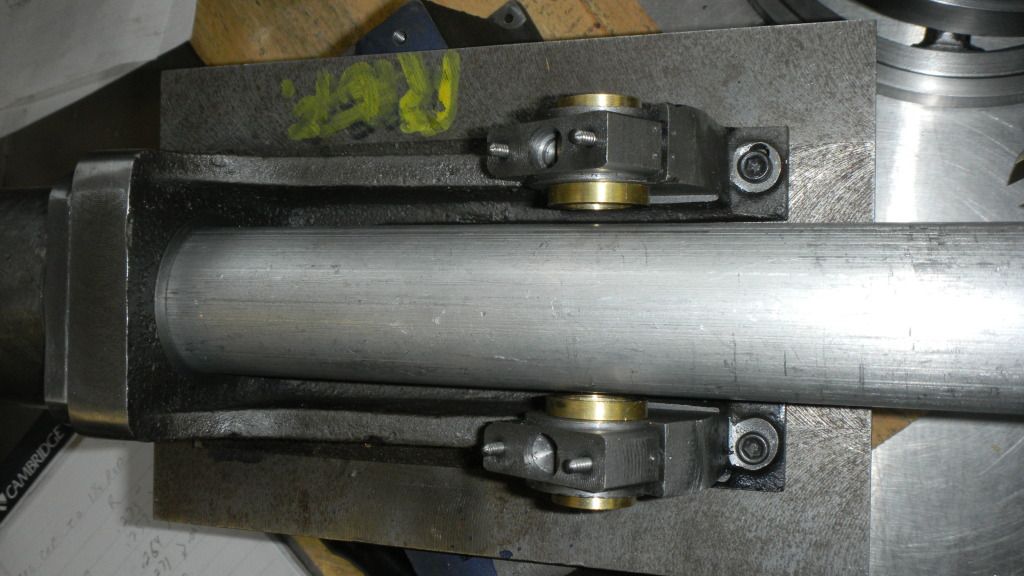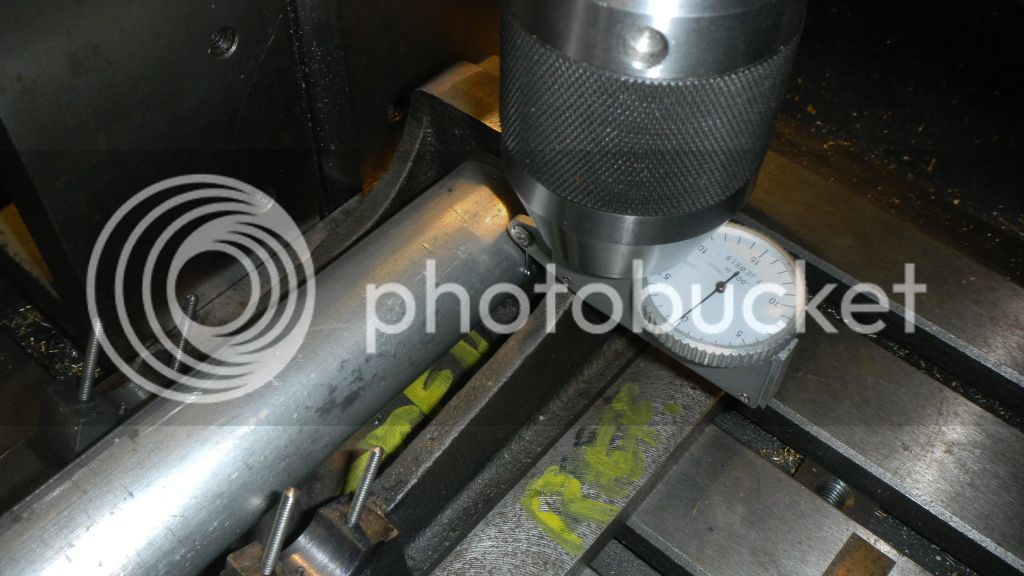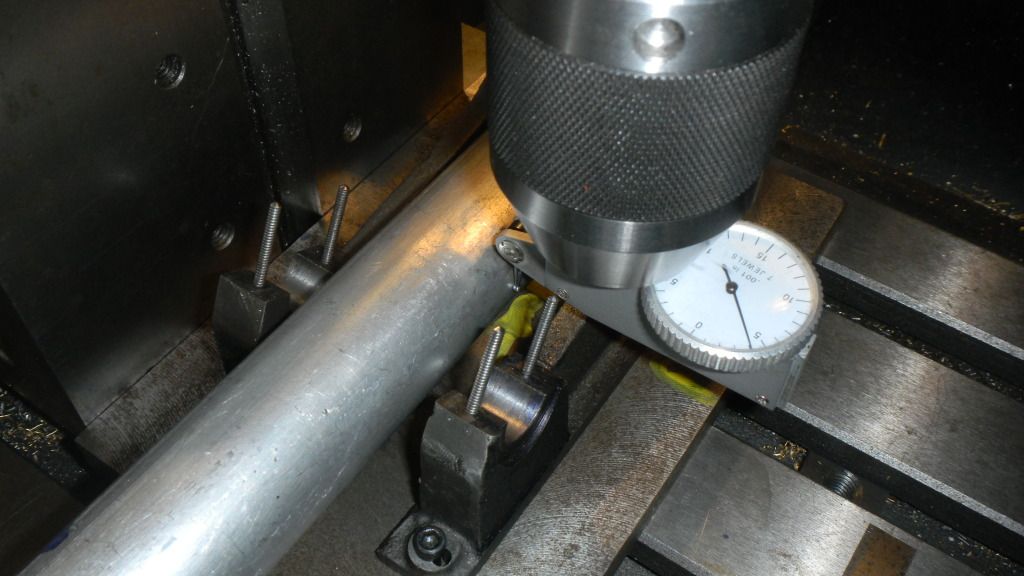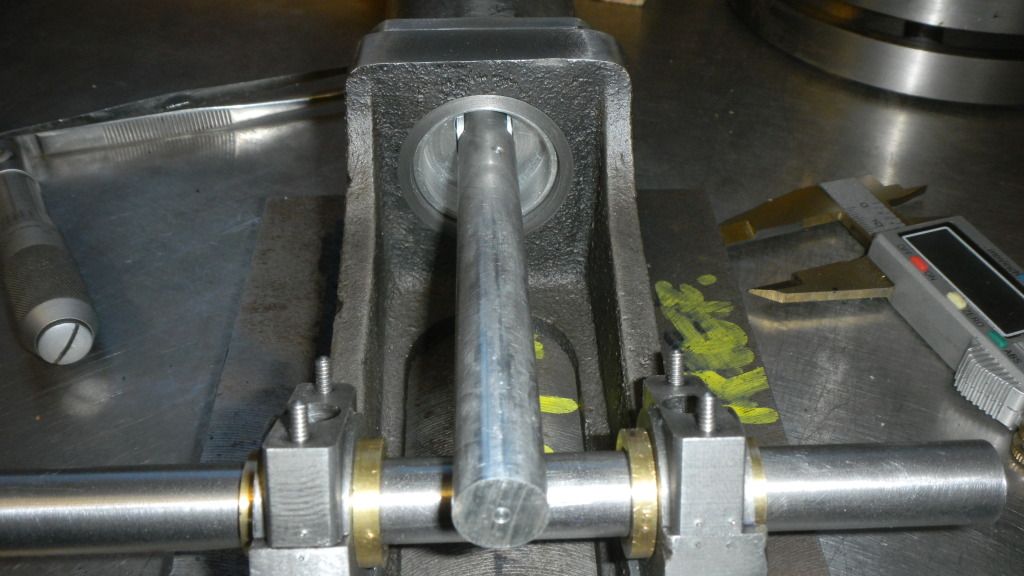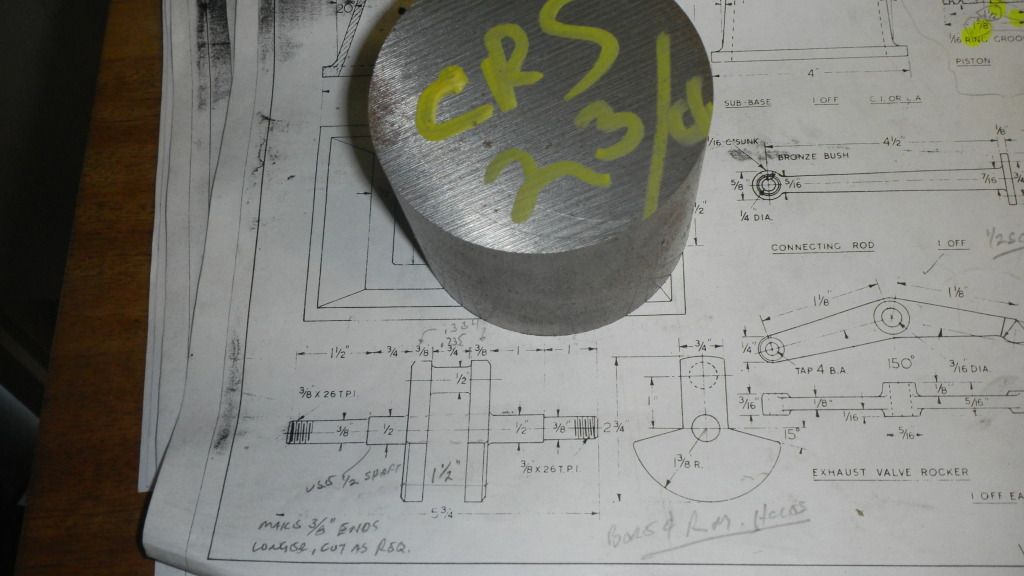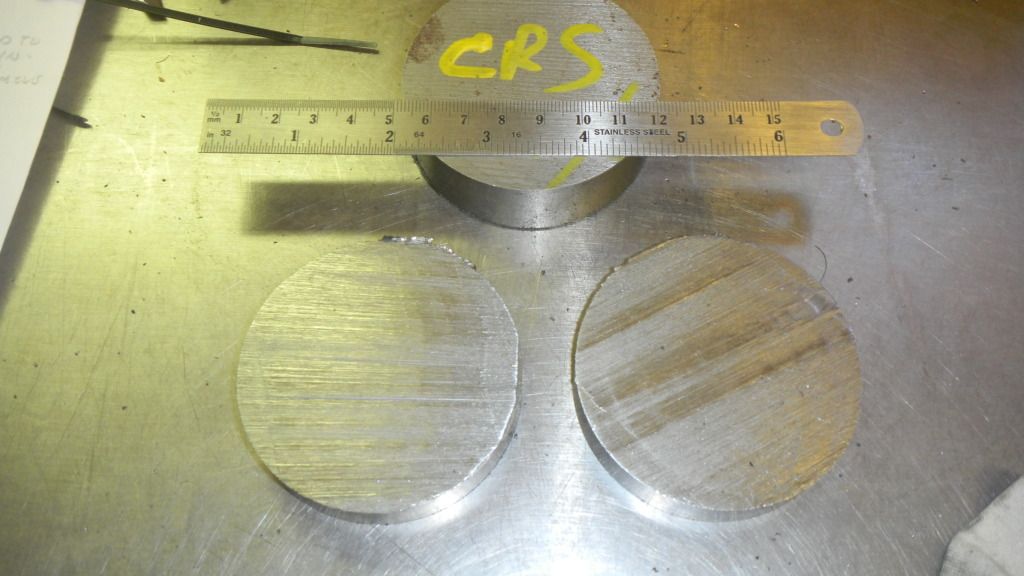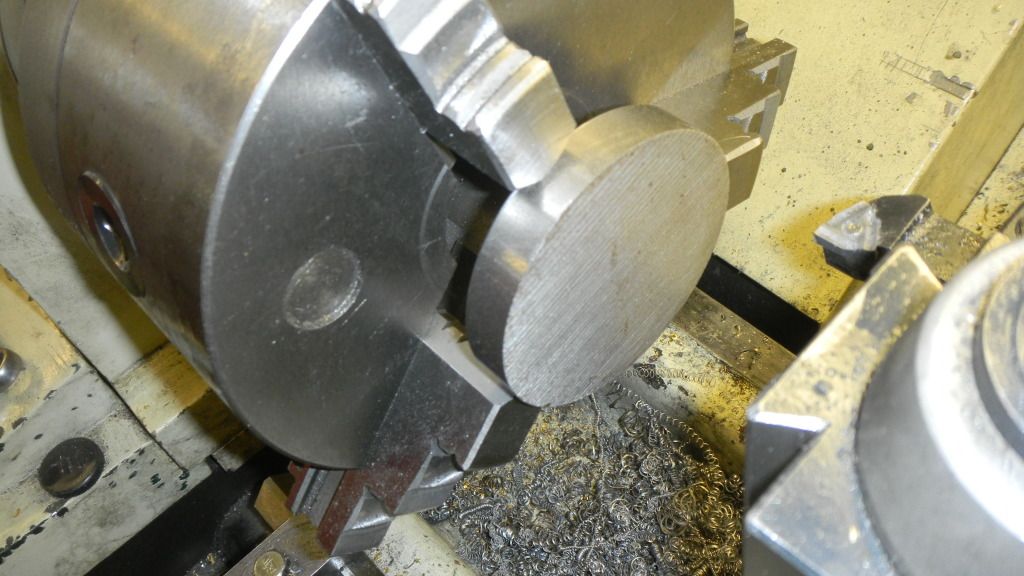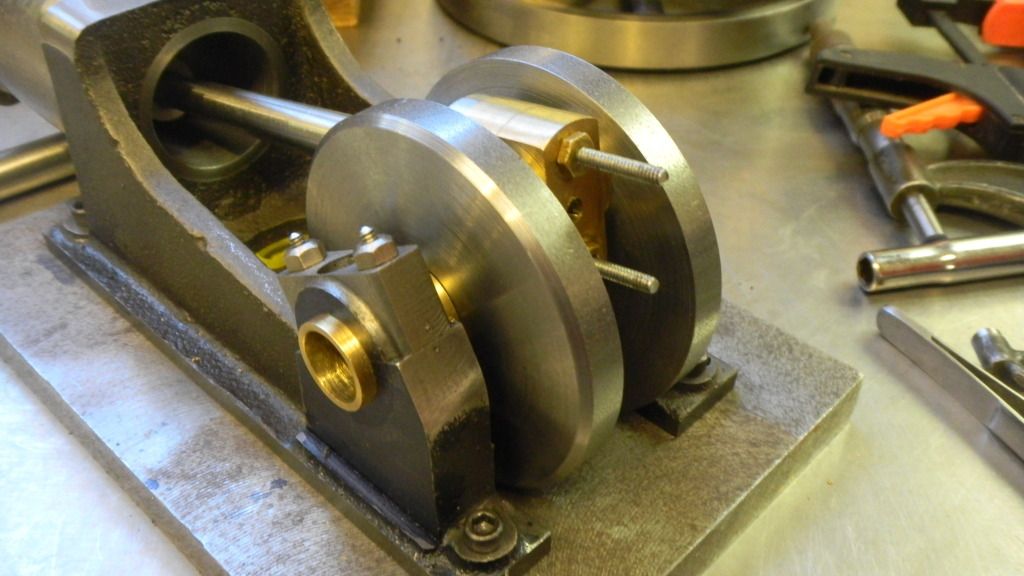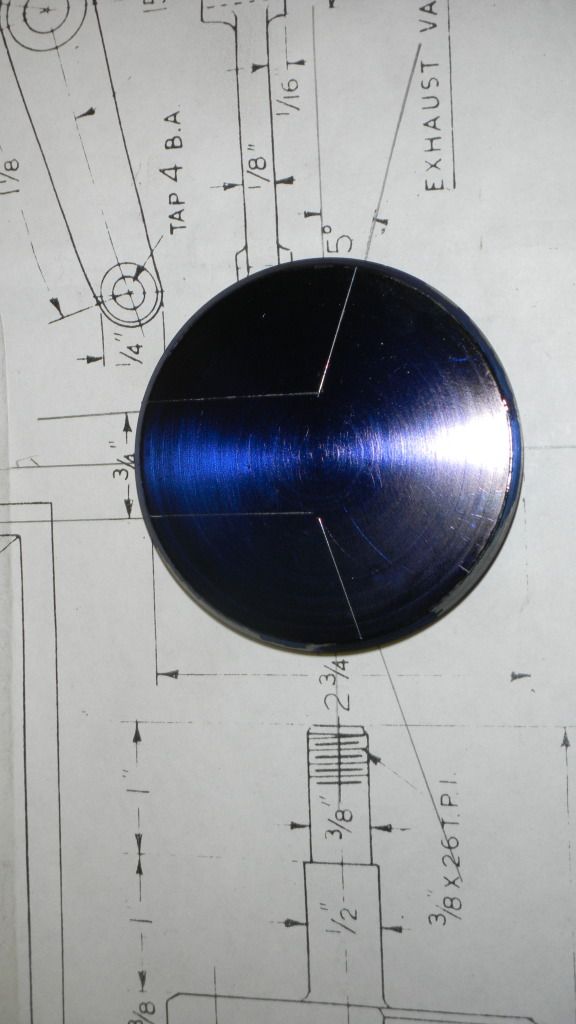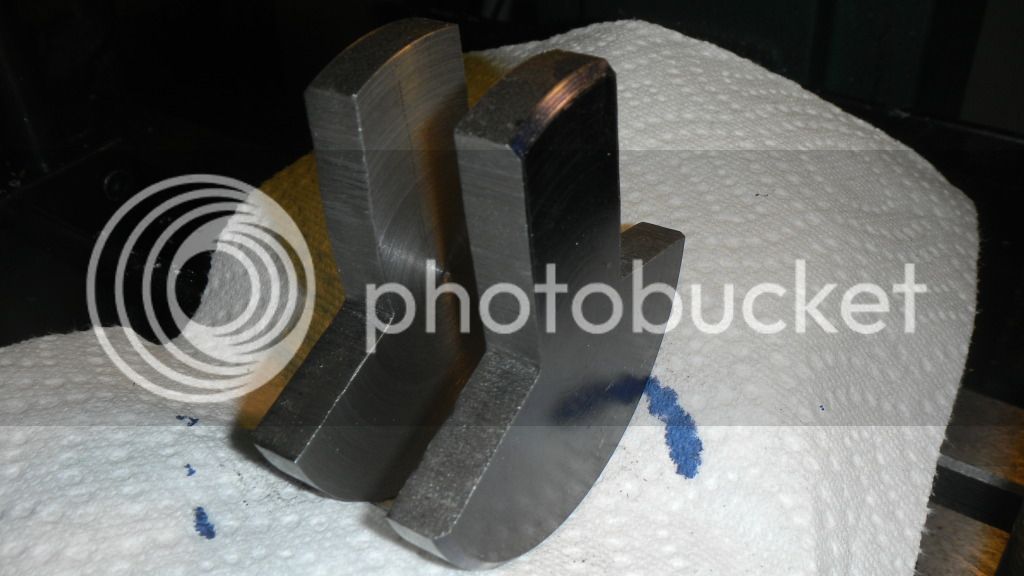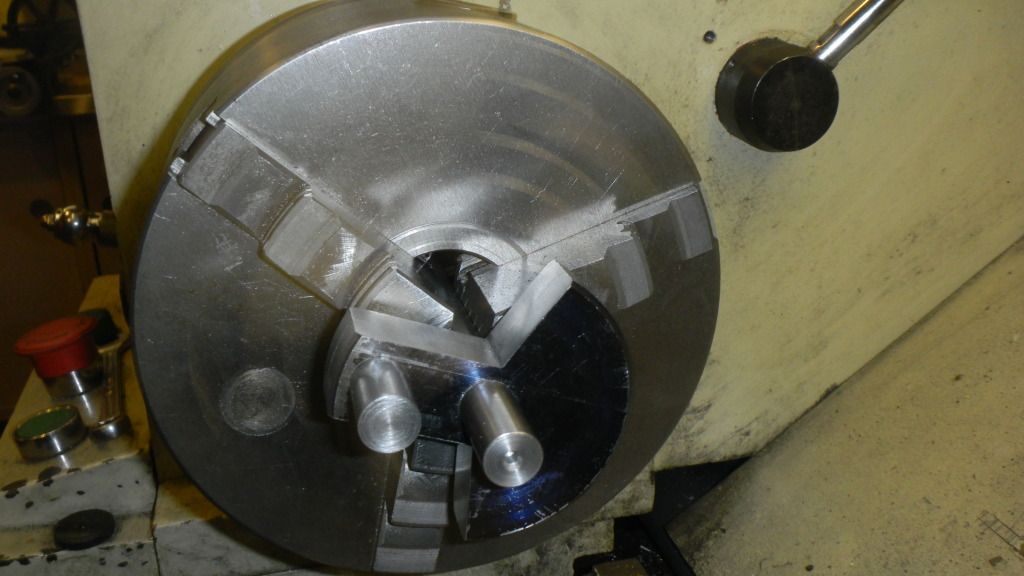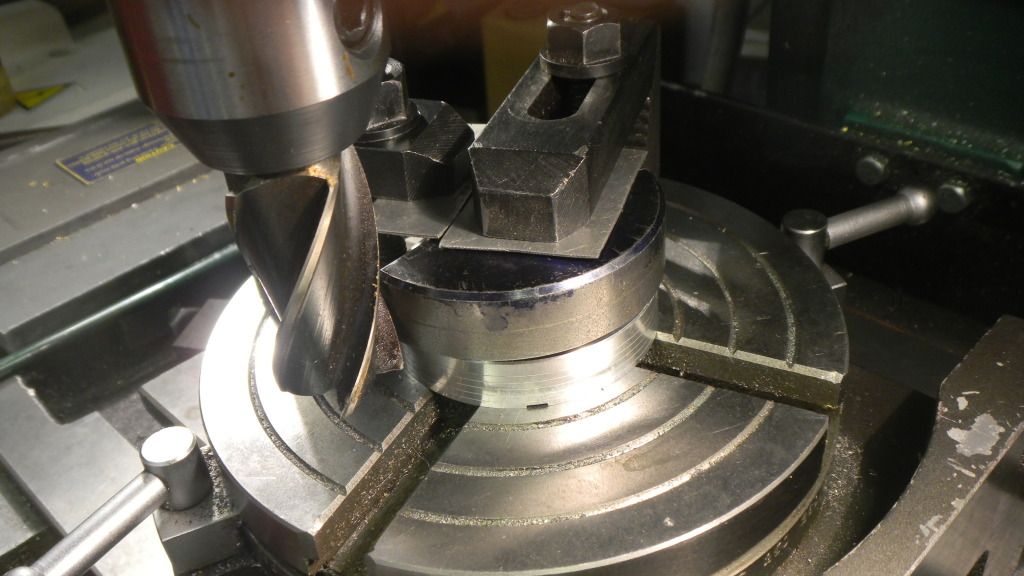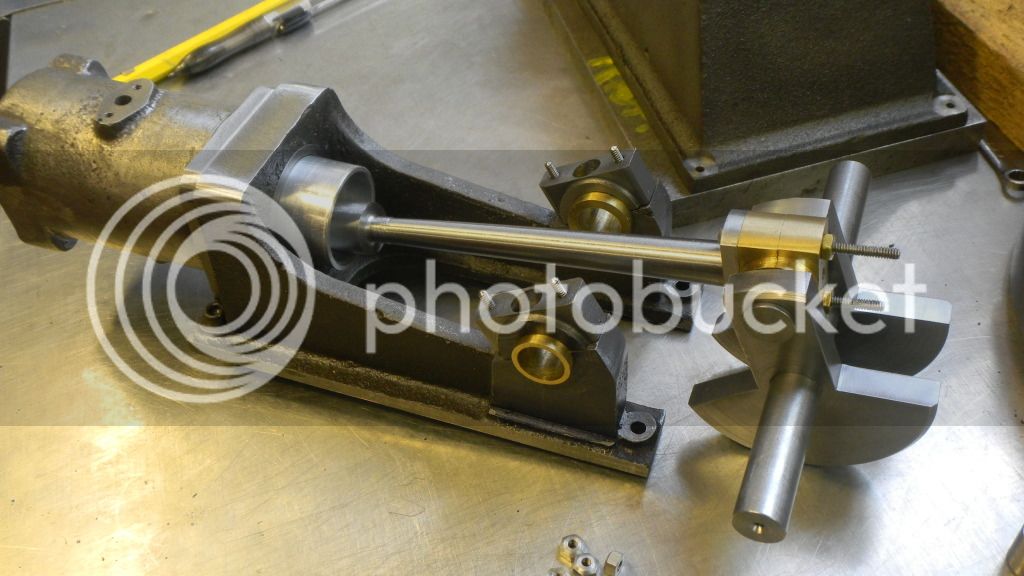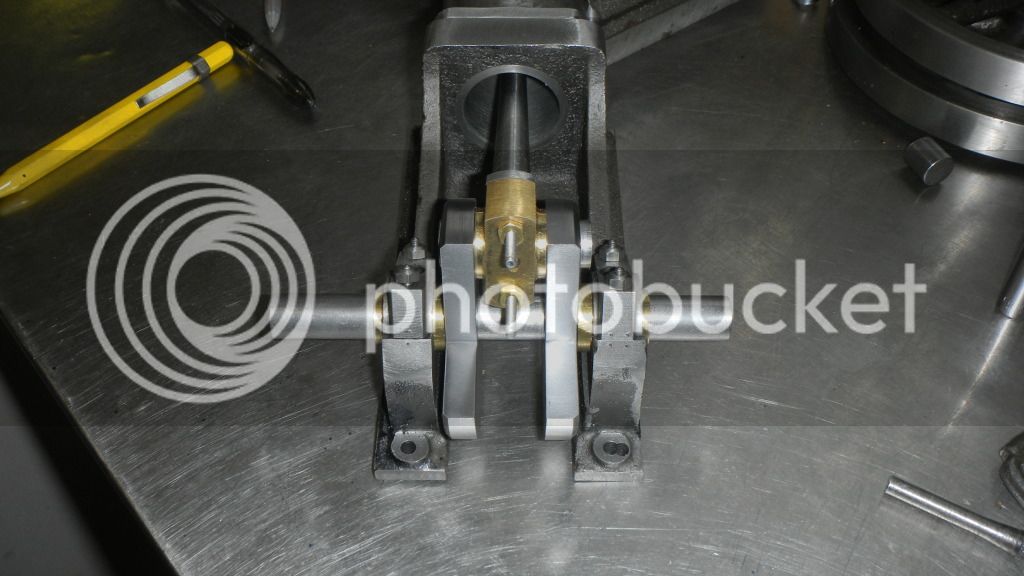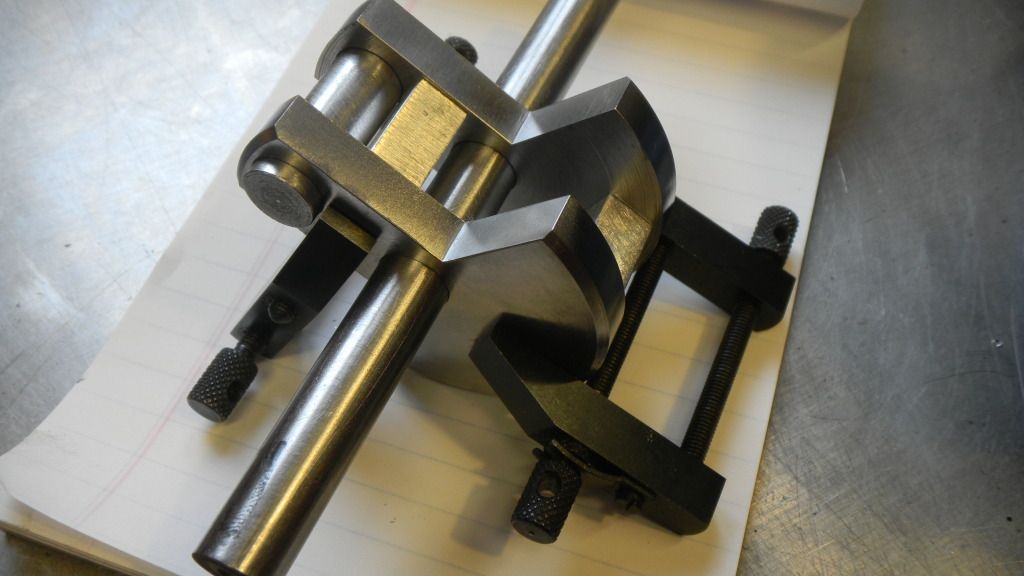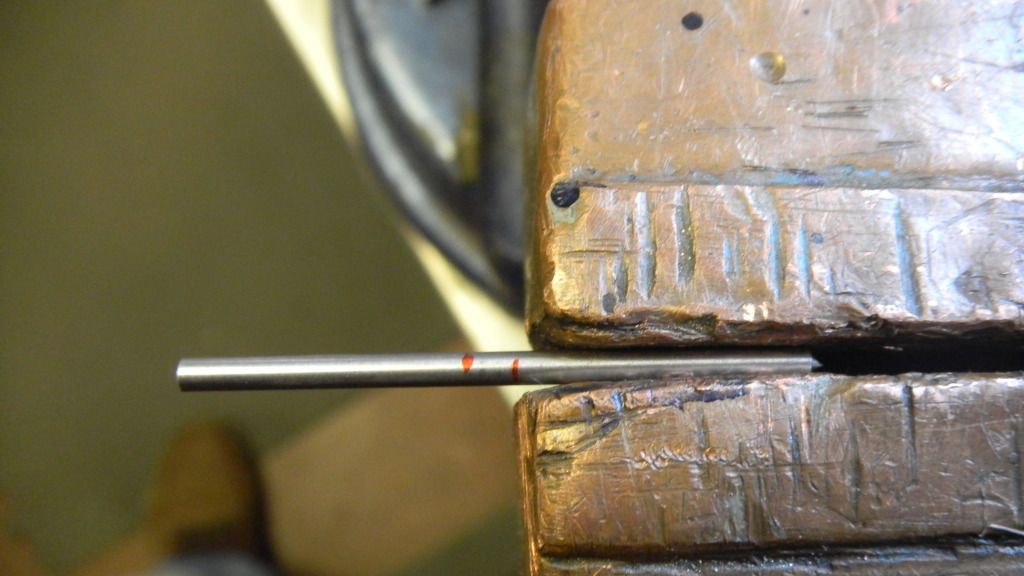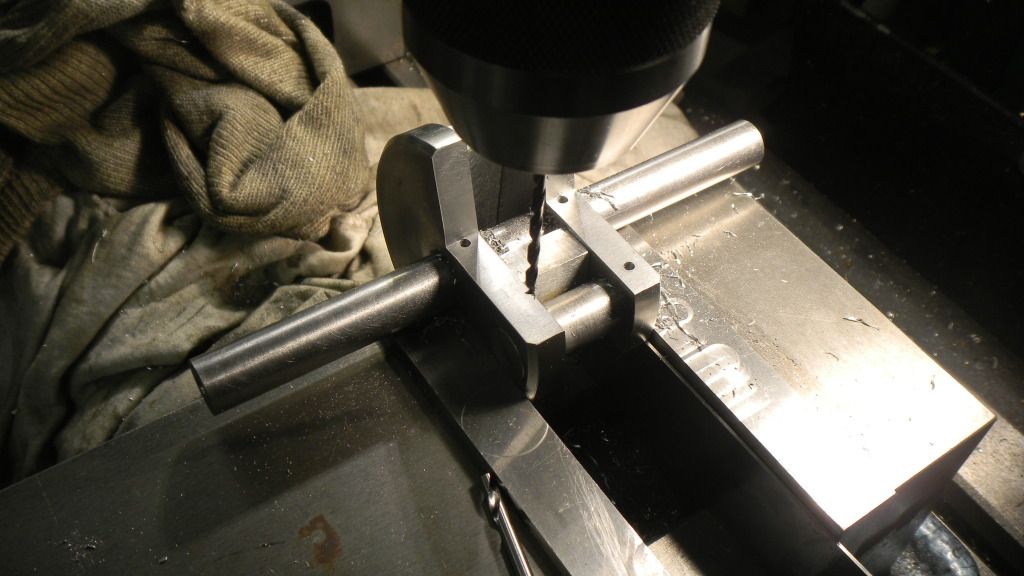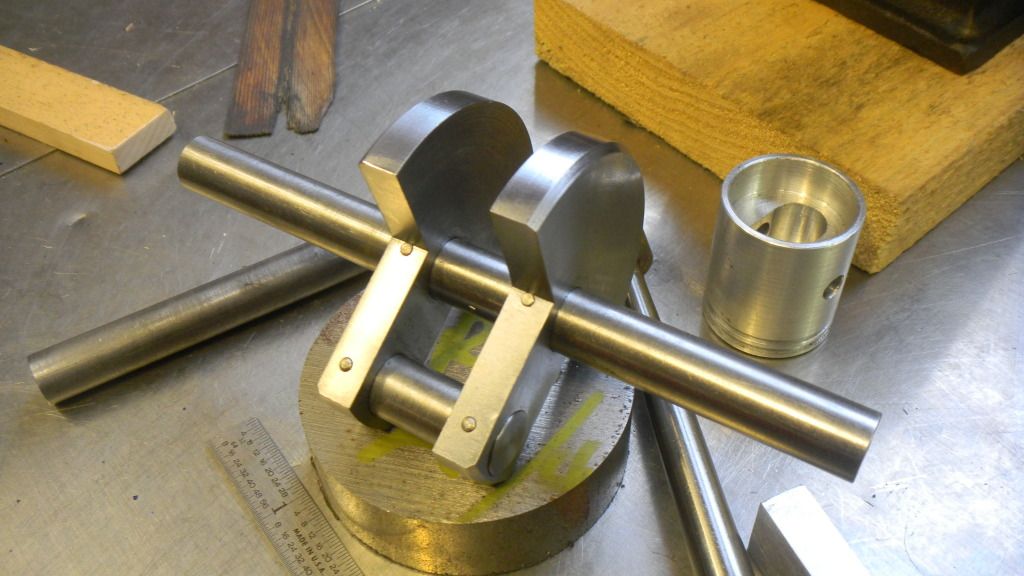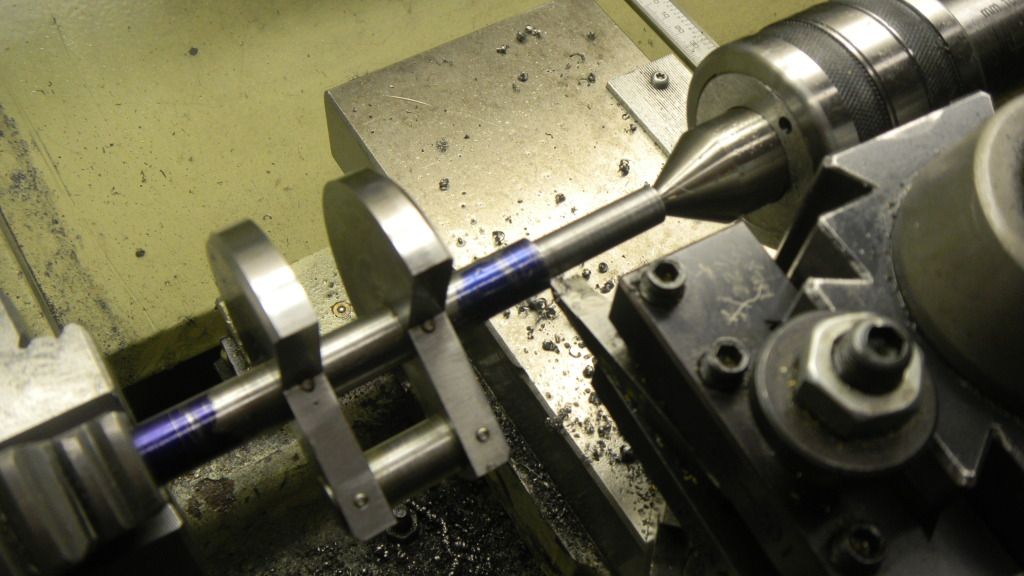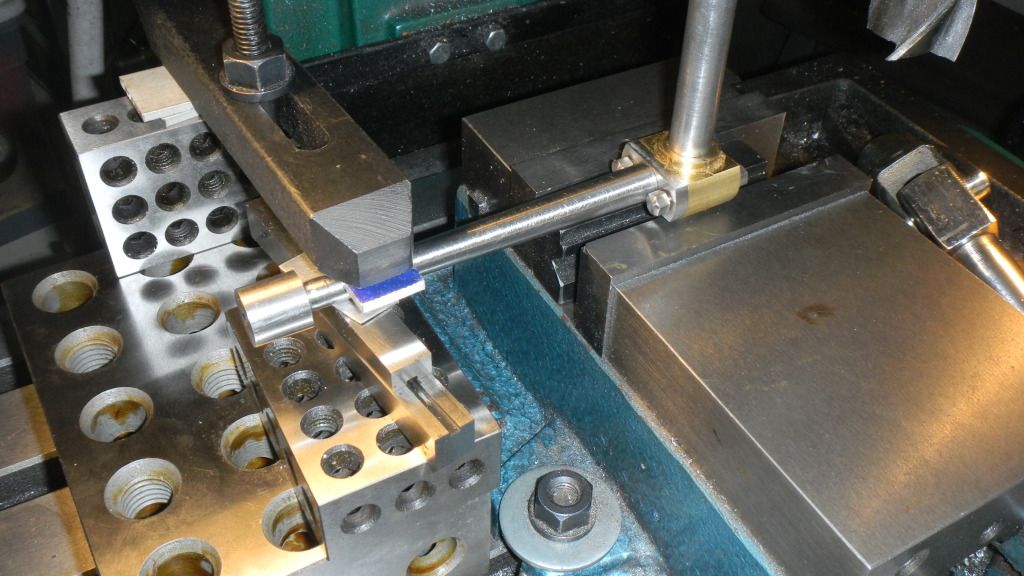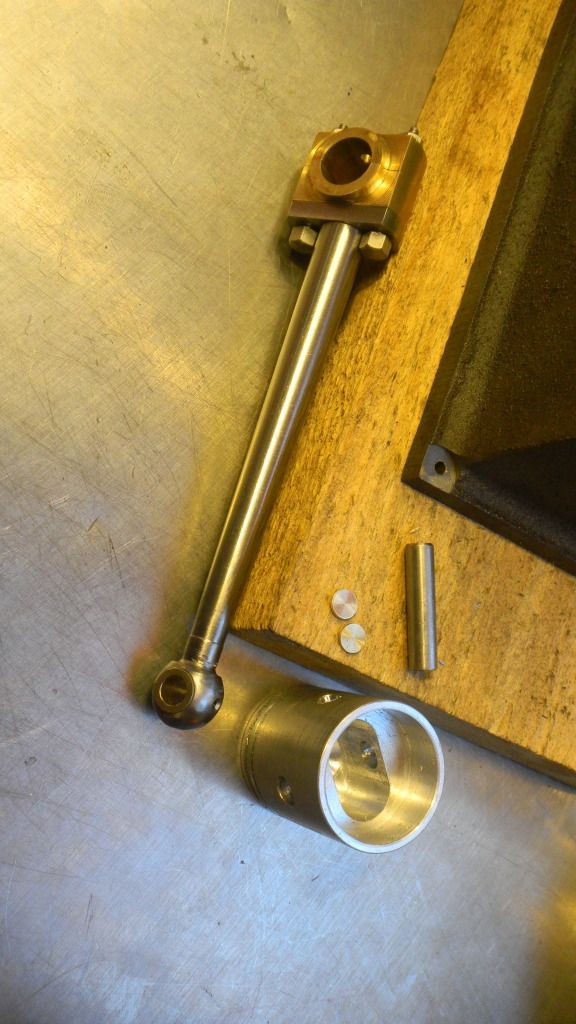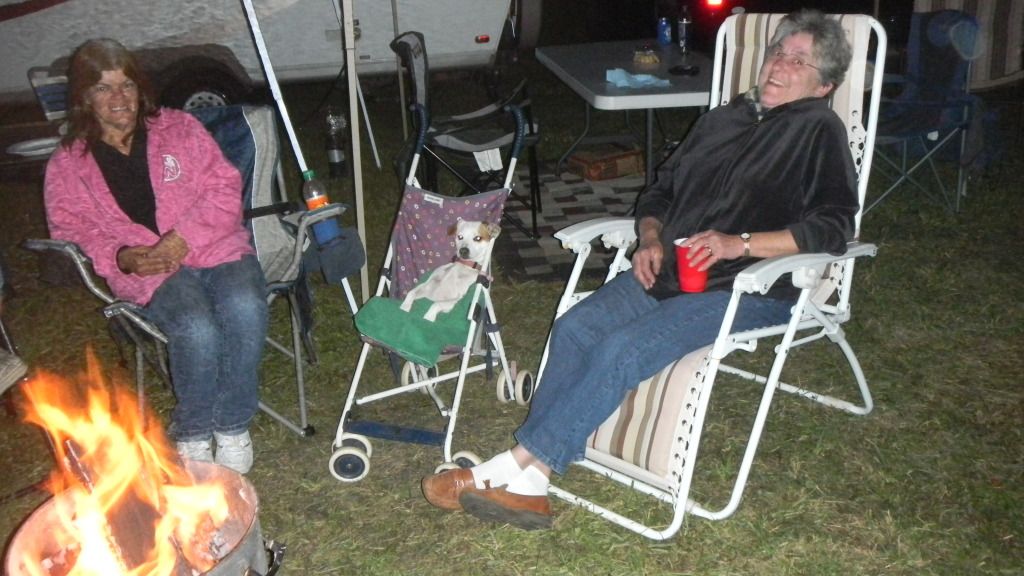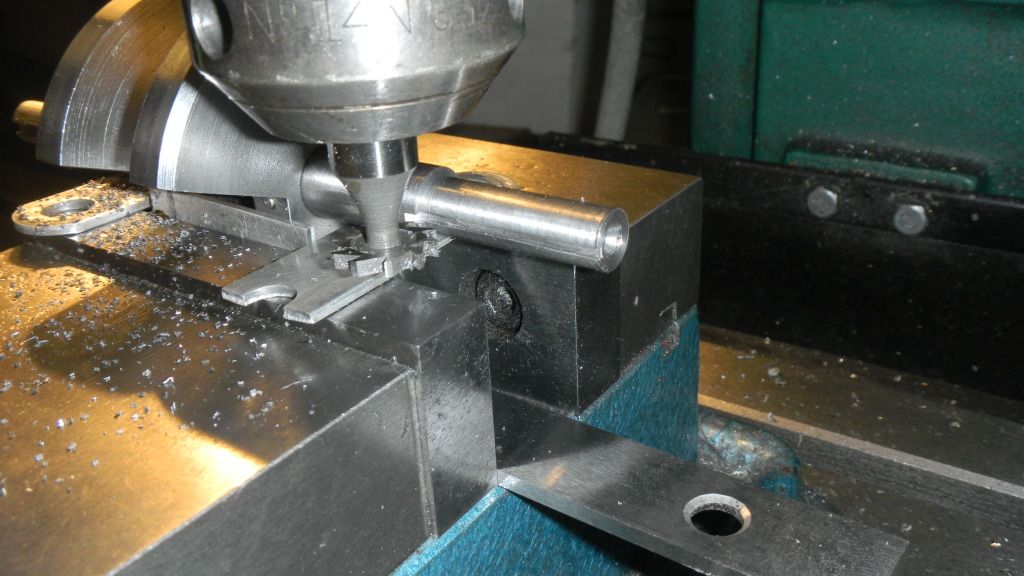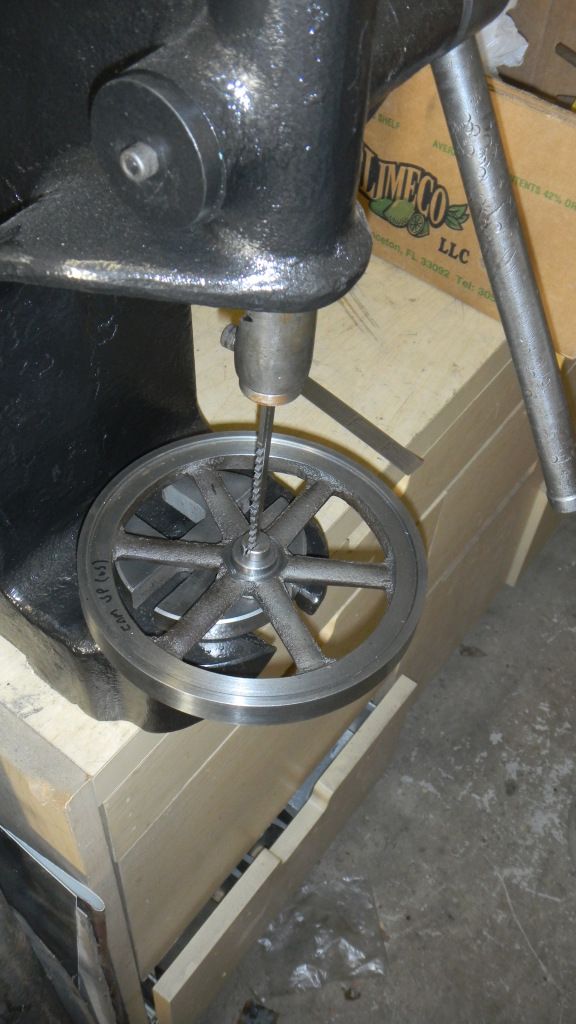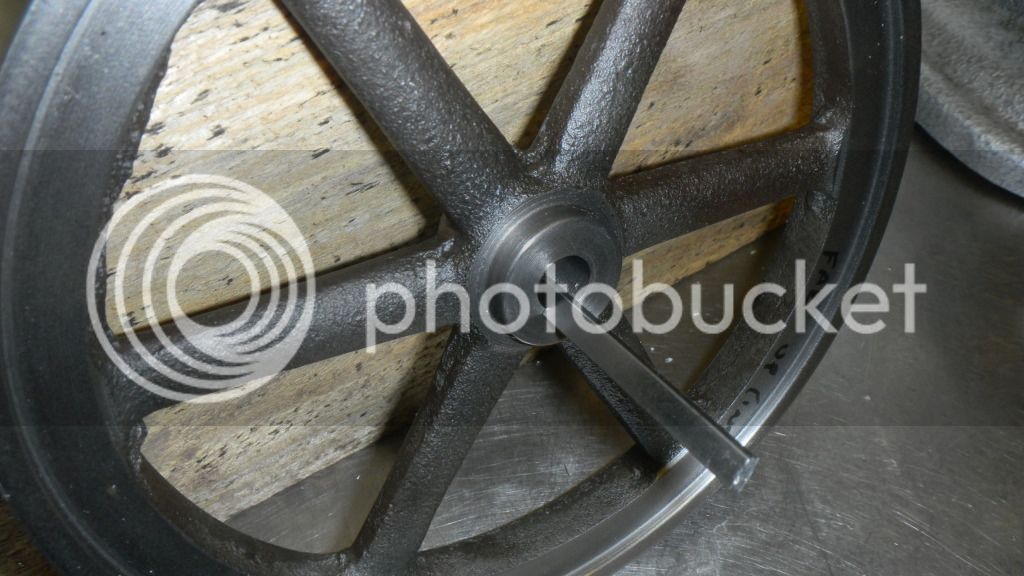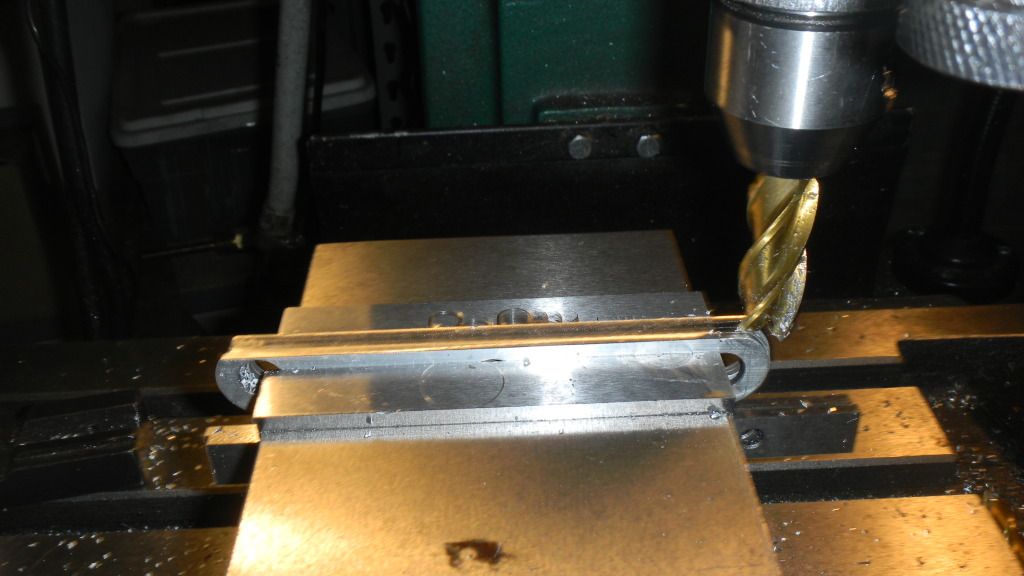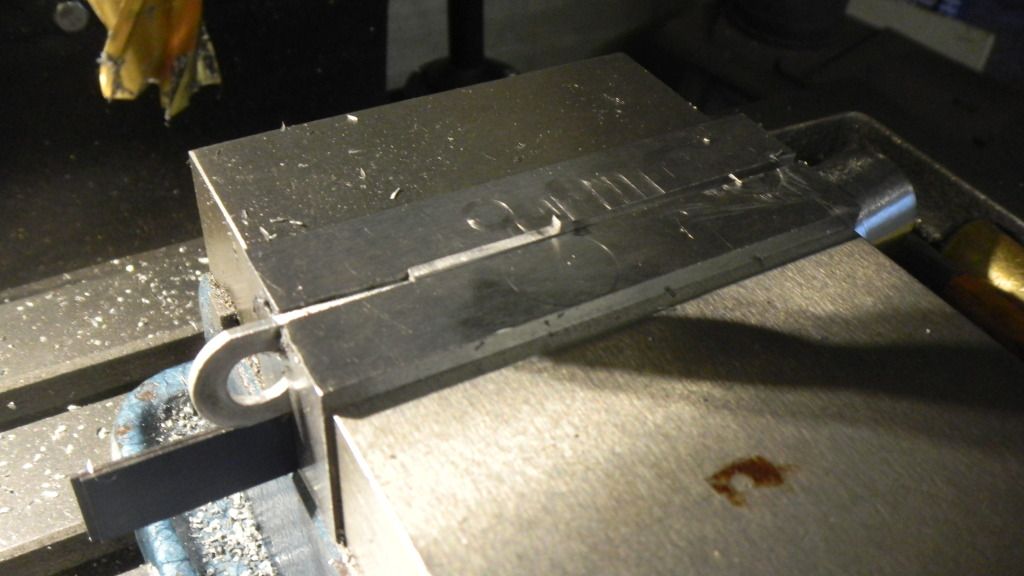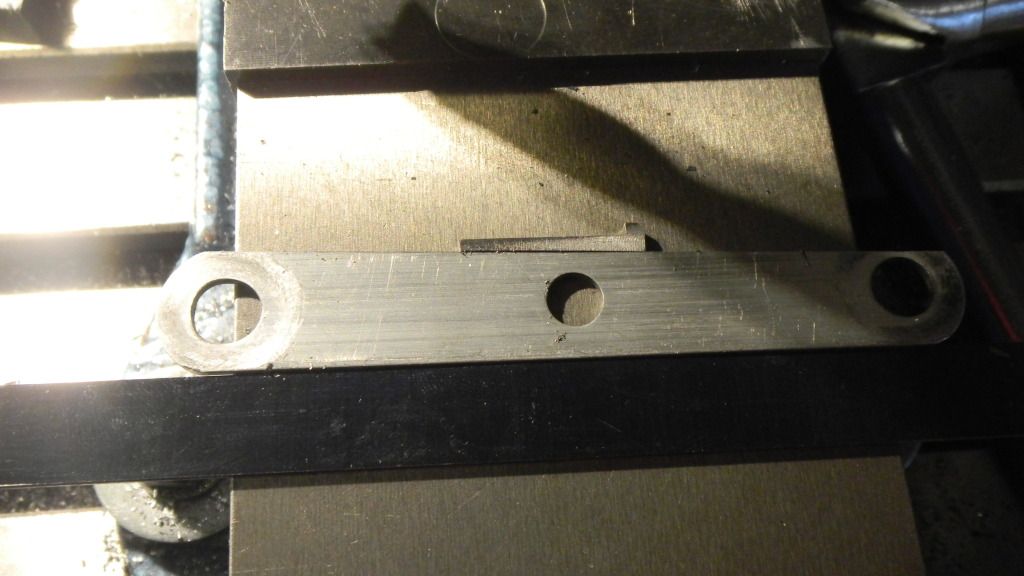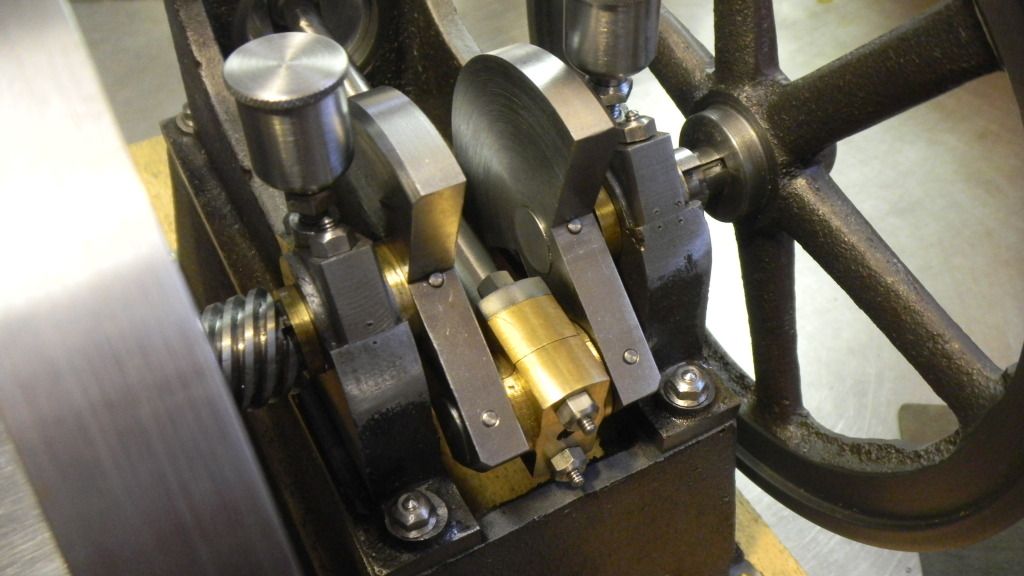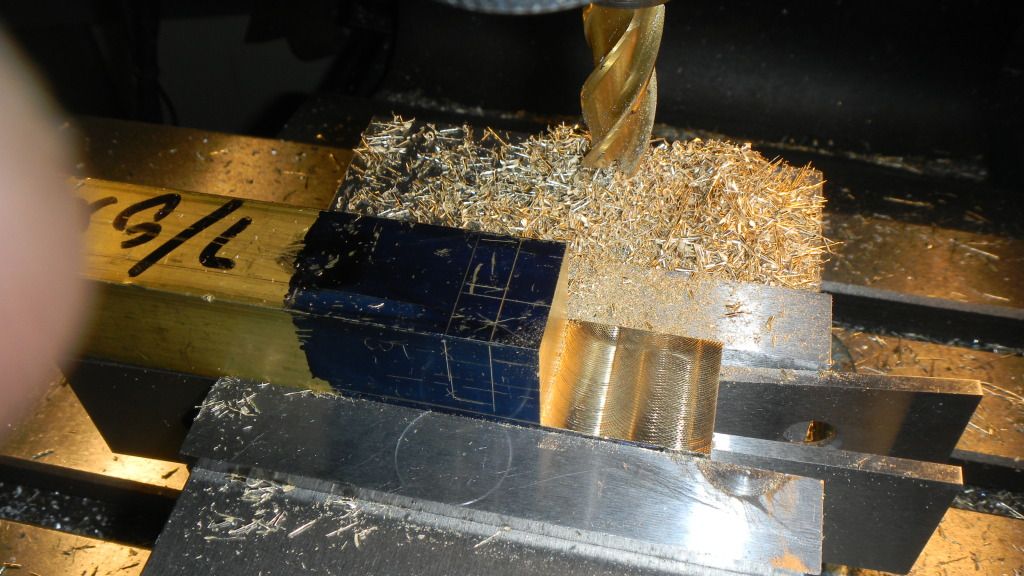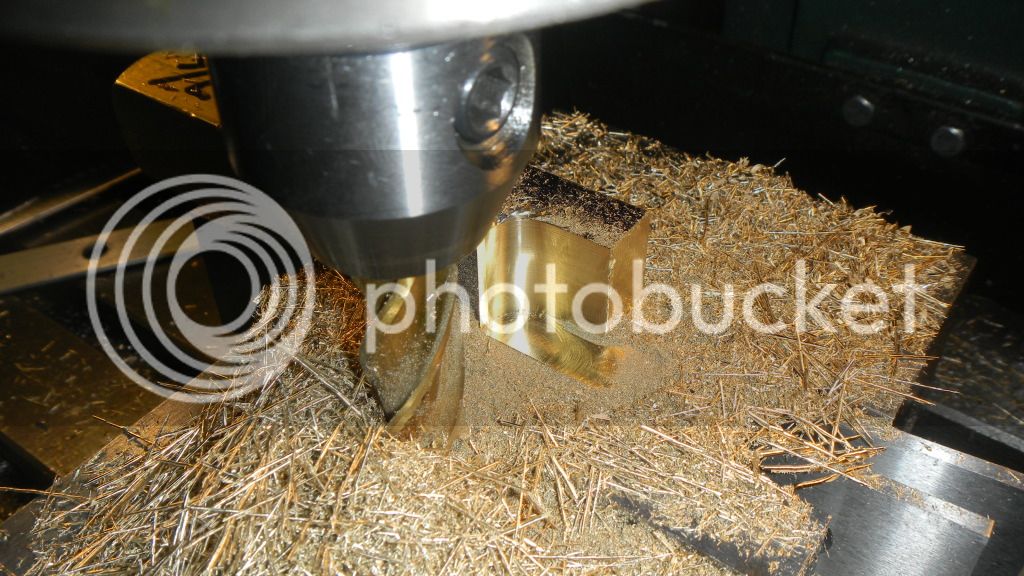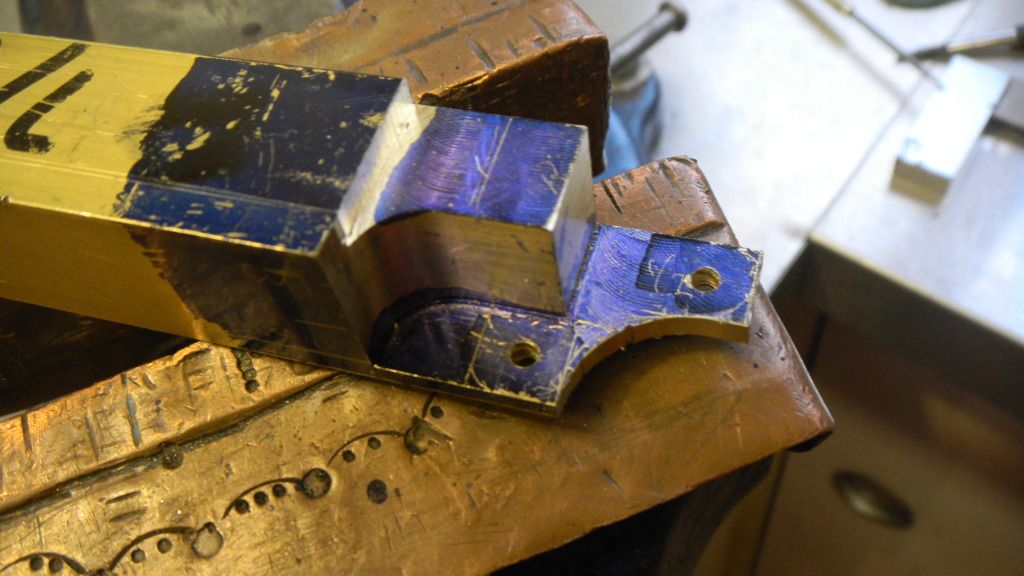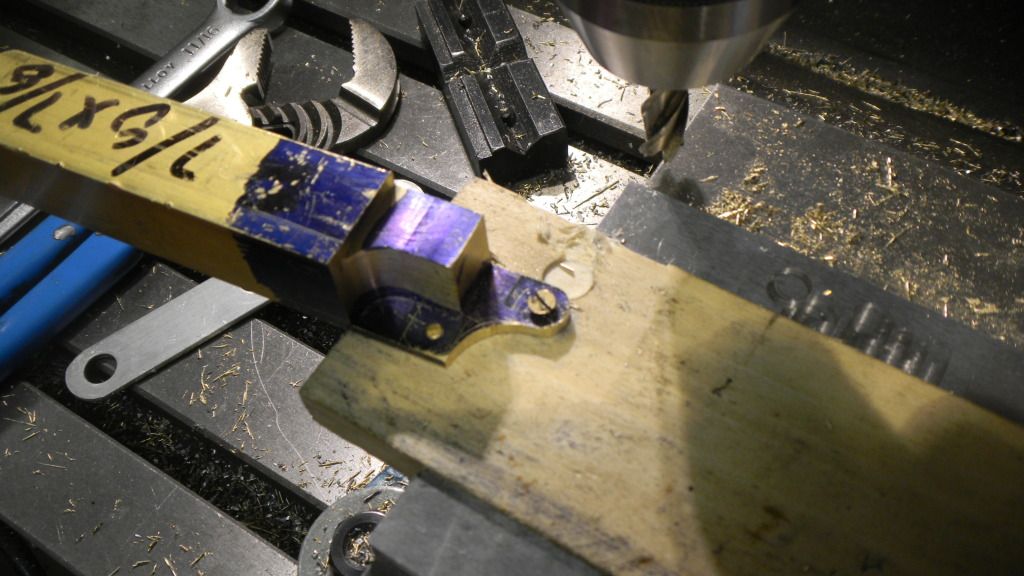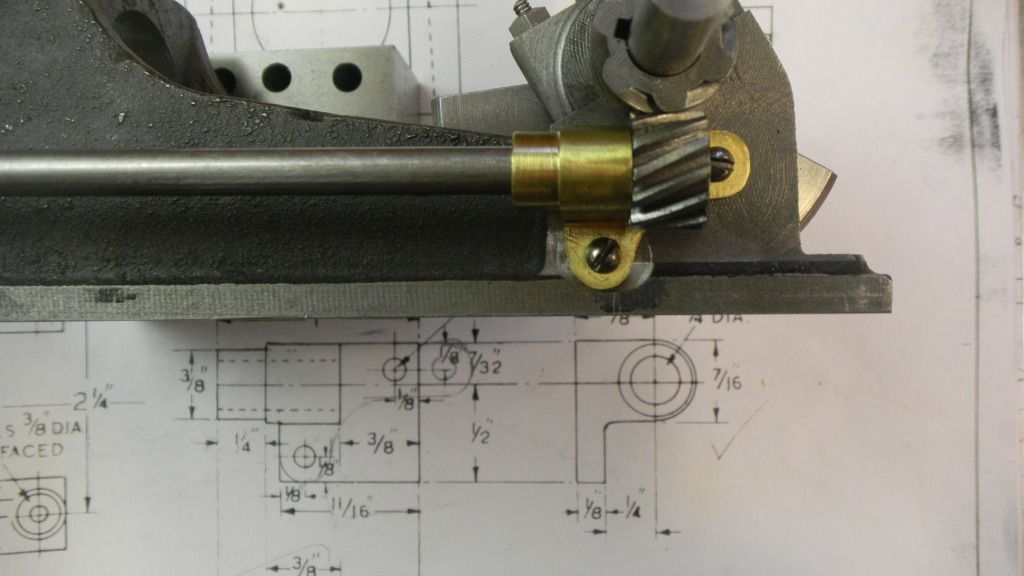Generatorgus
Senior Member
- Joined
- Feb 25, 2010
- Messages
- 362
- Reaction score
- 166
I really enjoyed the local engine show this weekend, got things all put away and just barely got enough time to get a post in.
 
Still waiting for the material I ordered for the crankshaft, I decided to try my hand at the tapered connecting rod.
Having never done either a faceplate or offset tailpiece operation, I figured that some minor disaster was waiting in the wings.
I countered bored both ends of the SS bar I had previously cut to length. Then unwrapped the never used and somewhat larger than I remembered faceplate from the plastic and Chinese cow grease protective wrap, I cleaned it up and installed it on my lathe.
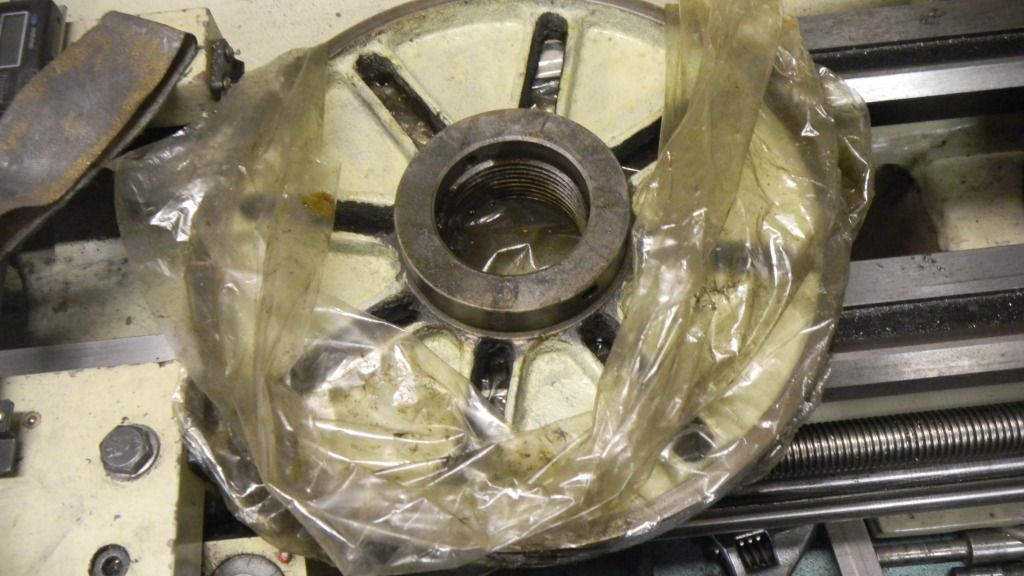
Did some complex calculations and ended up with what I thought was the proper offset for the tailpiece. About halfway into the turning I figured out I forgot to divide by 2, but the thought came in time to adjust accordingly and salvage the procedure.
Came out looking like it should.
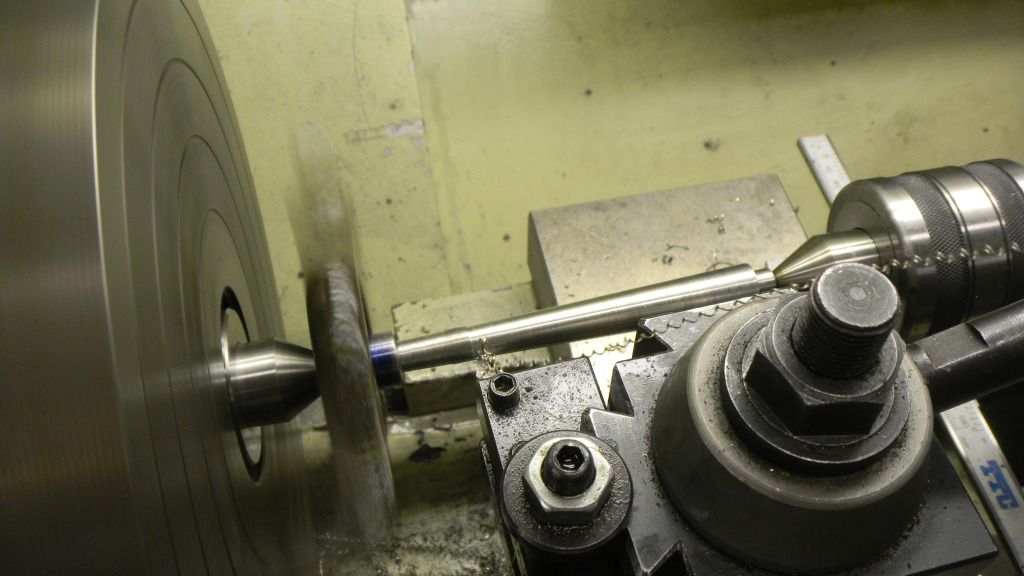
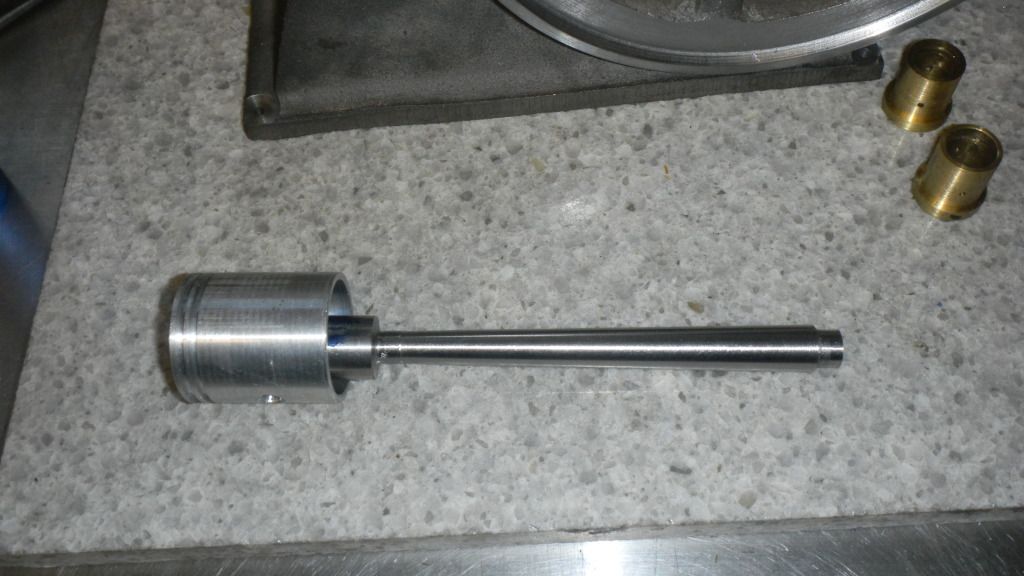
 
Still waiting for the material I ordered for the crankshaft, I decided to try my hand at the tapered connecting rod.
Having never done either a faceplate or offset tailpiece operation, I figured that some minor disaster was waiting in the wings.
I countered bored both ends of the SS bar I had previously cut to length. Then unwrapped the never used and somewhat larger than I remembered faceplate from the plastic and Chinese cow grease protective wrap, I cleaned it up and installed it on my lathe.

Did some complex calculations and ended up with what I thought was the proper offset for the tailpiece. About halfway into the turning I figured out I forgot to divide by 2, but the thought came in time to adjust accordingly and salvage the procedure.
Came out looking like it should.







